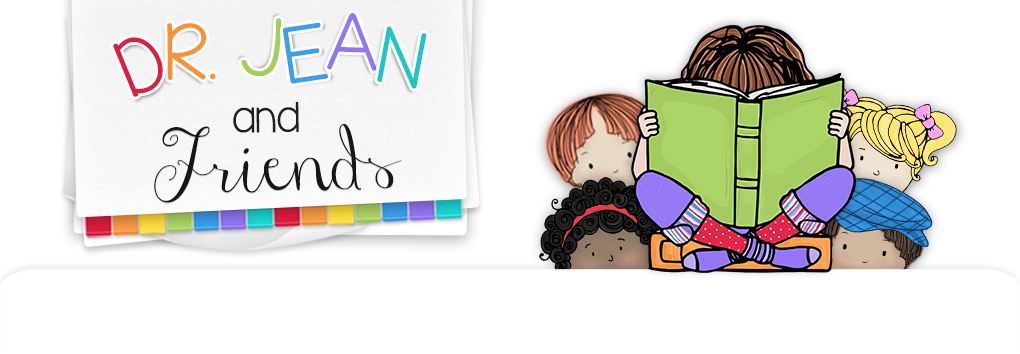If you give a little boy or girl a hammer, they’ll find a million things to hammer.
And, if you give a little boy or girl a book, they’ll think of a million things to write in it.
This week I’ll be traveling to Minnesota and Michigan, but I’ve got some powerful “tools” to share with you while I'm out of town.
Many years ago a professor remarked:
IF a child can do a ditto, it’s a waste of time.
If a child can’t do a ditto, it’s a waste of time.
Why do dittoes?
Some of you might not even know what a “ditto” is. Dittoes existed before copy machines, but they were purple and smelled like alcohol. However, the point remains the same. There are so many more meaningful things to do instead of worksheets - such as BLANK BOOKS!
TOP TEN REASONS TO USE BLANK BOOKS
1st – They are perfect for differentiated instruction. Blank books are open-ended to challenge children at different skill levels.
2nd – Blank books can be used to reinforce reading and writing standards across the curriculum.
3rd – Writing and drawing activate more areas of the brain than typing a key on a computer.
4th – Many children don’t have books in their home so this is a great way for children to share reading with their families.
5th – Blank books are much more engaging than worksheets and encourage creativity.
6th – Blank books nurture the belief in children that they really are “authors.”
7th - If children write a book they will be more motivated to read the book.
8th – Children have a tangible project that demonstrates learning when they make a book.
9th – When children make books they are developing the executive function of “task initiation” and “task completion.”
10th - Blank books can be used in learning stations or as an activity with a partner or small group.
Note! Blank books don’t always have to have a purpose. Sometimes you can put them out in a writing center and let children write or draw whatever they want!
Helpful hints when making books!
A. Make these books with a small group of children, such as a guided reading group. It’s much easier to help 5 or 6 children learn the steps than the whole class at once.
B. Model making the book from start to finish. The brain remembers as a whole. The second time the children can make the book with you as you slowly go through the steps.
C. Make the same book each day for a week, assigning different tasks with the book. Once children have mastered making several of these blank books you can use them for assignments the rest of the year.
D. Suggest children use as many colors as they are in age in their books. For example, if you are five years old you should use at least five colors. If you’re seven, you should use seven colors.
*You could also ask older students to use as many words in their sentences as they are in age.
E. Blank books are a perfect activity for parent volunteers to do with the class.
F. Save blank books throughout the year as part of their writing portfolio.
If you’ve been to my workshops you already know how to make this book. Talk about simple, easy, and useful!
Materials: 2 sheets of white paper
tears (or snips) about a thumbnail apart down the
fold. Bend one tab forward, then the next
backward, and so on to bind the pages together.

Use for: retelling a story/story elements
letter book/vowel book
number book/shape book
“The Book”/ “A Book”
coordinate with a unit or theme
environmental print/cut out words they can read
word families, opposites
write the room
writing original stories, journals
chit chat books (teacher and child write back & forth)
note taking
vocabulary/spelling words
Monday – write a word on each page
Tuesday – write the definition
Wednesday – illustrate or cut out a picture
Thursday – write a sentence
Hint! Fold paper lengthwise to make a tall book.
Cut paper in half to make a little book.
Use a colored sheet of paper on the outside and a white sheet on the inside.
Thanks to my director and film crew (K.J.) for helping me make these videos!



